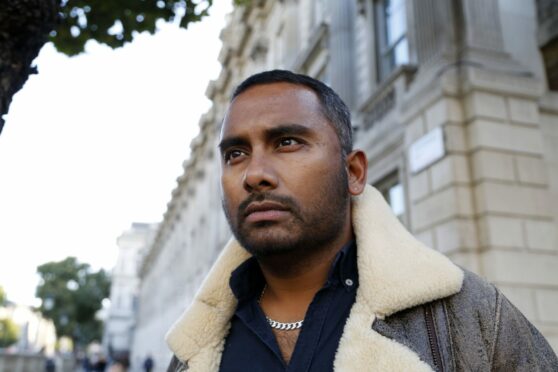
Britain is a classy place, but not really in the good way.
We are stratified, meaning we’re split up into layers, including working, middle and upper class.
Working-class people can and have risen to positions of power but they are the exceptions.
Amol Rajan has been exploring class in How to Crack The Class Ceiling, a documentary which looks at one of Britain’s most defining features.
Rajan has made a documentary about class before but this follow-up is a look at how to actually break that invisible barrier. It is, after all, easier to move down the way than up.
Little of this first episode told us anything new: Rajan looked at the civil service, and sociologist Professor Sam Freeman identified how it reflected the British population at lower levels but the top mostly come from a posh background.
Professor Freeman noted it tended to be those who abandoned certain signifiers, like accent, who stepped up.
A Scottish accent can be a signifier of responsibility, apparently. Yet those from working-class Scots backgrounds know it’s generally not this type of accent which gets you a job title. It’s more the Edinburgh University kind.
You can abandon your accent but, then again, as Rajan rightly asks, why should we? I’m looking forward to the rest of this series. It is, in a different way to Britain, quite classy.
How to Crack the Class Ceiling BBC1

Enjoy the convenience of having The Sunday Post delivered as a digital ePaper straight to your smartphone, tablet or computer.
Subscribe for only £5.49 a month and enjoy all the benefits of the printed paper as a digital replica.
Subscribe